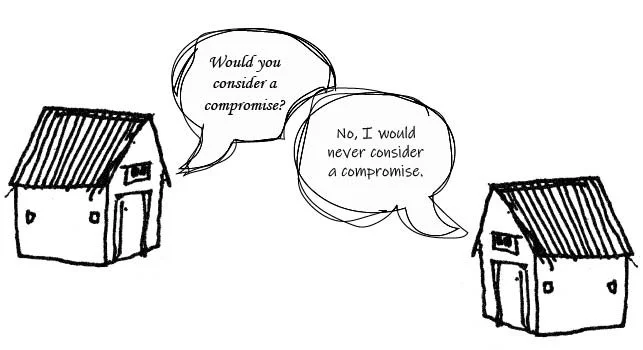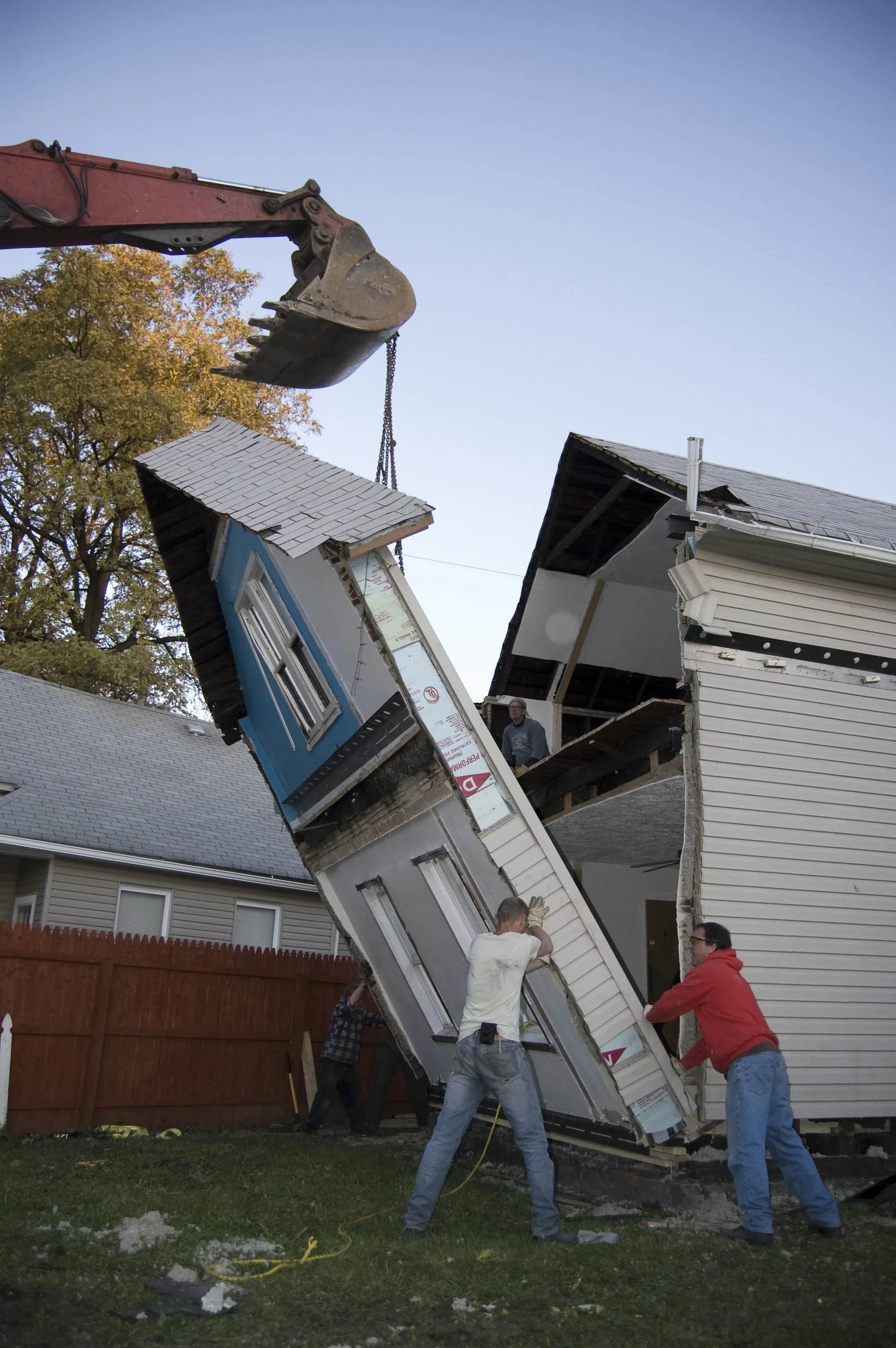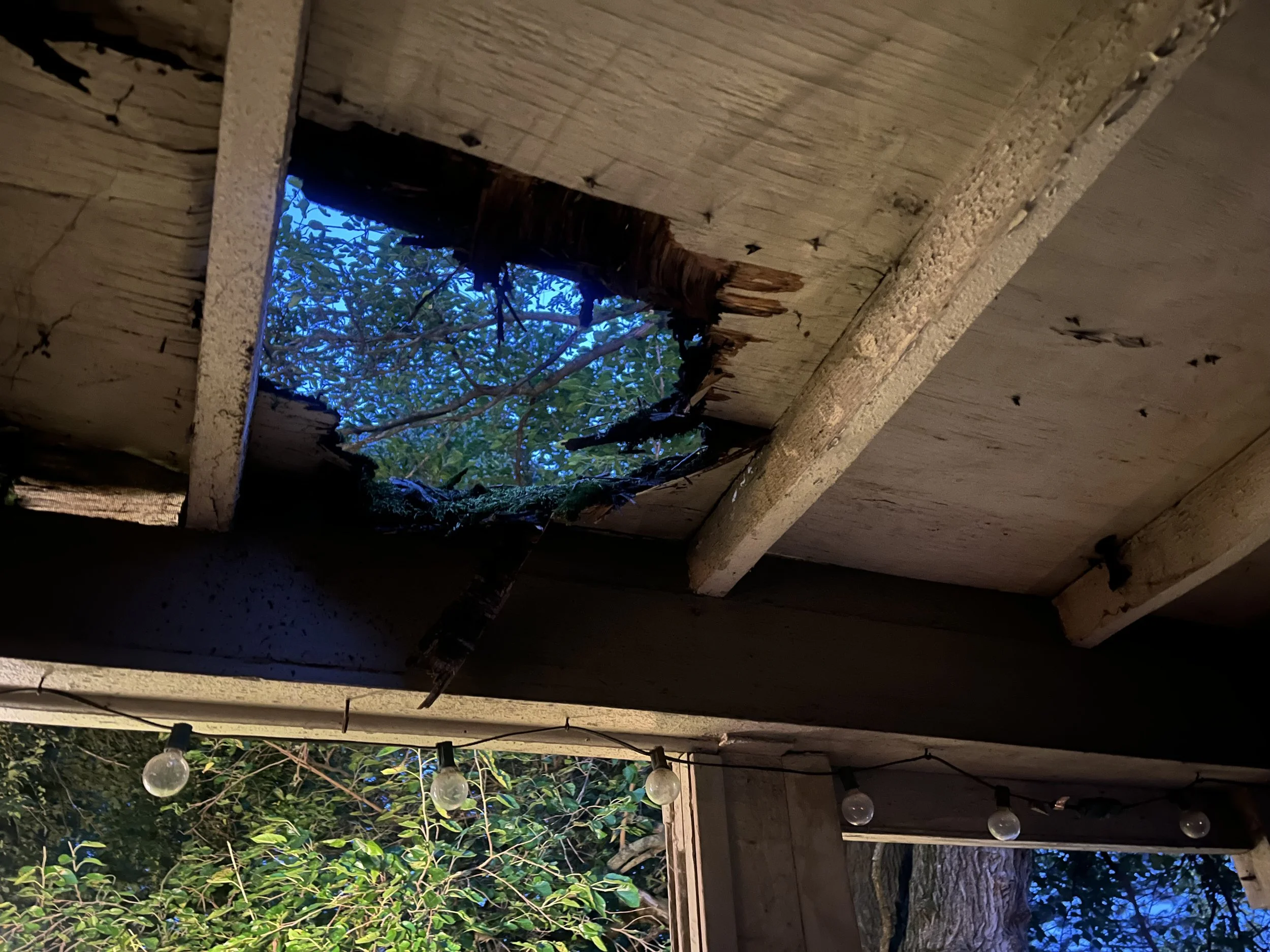The Building Keeps the Score
CPR GUEST ESSAY SERIES
BY TERRY SCHWARZ
Terry Schwarz is a city planner and researcher in Cleveland, Ohio. takeit.works
10.15.2025
In The Body Keeps the Score: Brain, Mind, and Body in the Healing of Trauma, Bessel van der Kolk explores the persistent effects of trauma on the human body and mind.
Trauma can also be detected in the anatomy of the built environment, if you’re attentive to it.
A building is an embodied metaphor. It tells the story of its own construction and evolution, and exists in constant dialogue with its surroundings.
The incessant chatter of buildings with grievances
Buildings communicate their trauma whether we're ready to hear it or not.
We can document disinvestment in city neighborhoods and attempt to grasp the trauma that this represents. But it won't necessarily lead to meaningful changes.
As van der Kolk points out, knowing what you screwed up doesn't necessarily stop you from being screwed up.
Complex urban conditions rarely fit into neat, socially acceptable narratives. When neighborhoods experience the trauma of disinvestment, residents may develop a protective detachment from their physical surroundings. Boarded-up windows become invisible, vacant lots unremarkable.
That sinking feeling, literal and metaphorical (East Cleveland, 2007)
We meet the world through the skin of our bodies and at the thresholds of our homes.The correlation between a bodily boundary and a building boundary becomes clear as we discover certain feelings, originally associated with bodily transactions, are evoked in the structure and arrangement of a house.
Louise Bourgeois, Femme Maison (1947) @goldeniron_tattoos_toronto
From van der Kolk’s perspective, the raw sensations, emotions, and survival instincts activated during trauma are often beyond the reach of language. These feelings are stored in the body, not in the brain. Traumatized people may struggle to inhabit their bodies, feeling numb, disconnected, or overwhelmed by physical sensations.
My body was a house I had closed for the winter. It shouldn't have been that difficult, empty as it was. Still, I stared hard as I snapped off the lights. --Cristin O’Keefe Aptowicz, The Year of No Mistakes
Trauma gets embedded in buildings, or in vacant lots where demolition efforts have removed an injury without healing it. Neighborhoods carry collective memory in their buildings, institutions, and gathering spaces. When abandonment and displacement erase these physical markers, a community’s identity becomes fragmented, just as trauma fragments personal narrative and self-awareness.
No, I'm not here. I don't even know why this is where you came looking for me. --Joshua Beckman, Take It
Martin Papcún: House, Turned Inside-Out (Cleveland, 2012)
Design researcher Sara Hendren argues that the solidity of the built world gives it stubborn staying power. Finnish architect Juhani Pallasmaa might counter that the normally long lifespan of a building dissipates through the forces of neglect, dispossession, and endless replacement.
Above the porch, sky (Terry’s house, 2025)
The blunt instrument of large-scale demolition traumatizes communities, as residents internalize negative messages and entire neighborhoods are perceived as flawed, unworthy, or damaged.
Our current circumstances call for non-judgemental awareness and careful interactions - washing surfaces, eliminating toxins, adjusting siding and trim, squaring things up, taking measurements, peeling back overgrowth, smoothing rough edges. Touch buildings tenderly and with respect, only with permission, not with a bulldozer.
I treasure every little thing you neglect for me –Joshua Beckman, Take It
@urbanmutation Sixth City - Cleveland, Ohio
References
Cristin O’Keefe Aptowicz, “Not Doing Something Wrong Is Not the Same As Doing Something Right” in The Year of No Mistakes (Write Bloody Publishing, 2013)
Joshua Beckman, Take It (Wave Books, 2009)
Sara Hendren, What Can a Body Do? How We Meet the Built World (Riverhead Books, 2020)
Juhani Pallasmaa, The Embodied Image: Imagination and Imagery in Architecture (Wiley, 2011)
Bessel van der Kolk, The Body Keeps the Score: Brain, Mind, and Body in the Healing of Trauma (Penguin, 2014)






